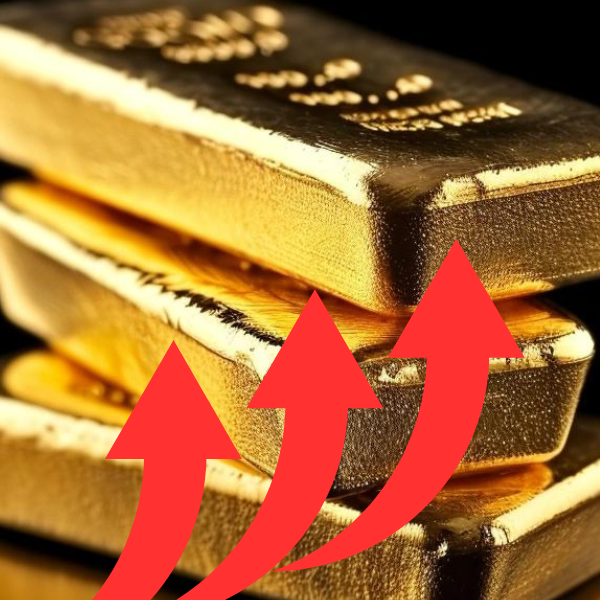How Is the Gold Price Determined?
There is no such thing as a single physical gold price. It is a commodity, and as such, is theoretrically subject to the forces of supply and demand (as well OTC manipulations, see below) and differs geographically.
The “Spot Price”
Most investors focus on what is called the “spot price” of gold, which is the price per troy ounce of gold as determined by the trade of large (400-ounce) wholesale bars in London. The smaller the gold size from this 400-ounce standard, the higher the premiums most investors pay above spot.
London gold trading is done within the London Bullion Market, which is limited to 12 London Bullion Market Association (LBMA) member institutions, whose daily trades are fed through Bloomberg, Reuters and Netdania links from an amalgam of LBMA trades which effectively (and including daily auctions) determine the daily spot price, which is fixed twice per day (10:30 AM and 3:00 PM GMT).
As the world reserve currency, the USD, decoupled from a gold standard in 1971, currently impacts the gold price based upon inflation expectations and interest rates. Since 2022, however, Russia has been moving toward its own gold exchange known as the Moscow World Standard, the ripple effects of which are still to be determined.
Since 2006, the gold price is inversely correlated to the real rates of the 10-Year US Treasury Inflation Protected Security, or “TIPS”:
In short, as the TIPS rate fall, the gold price rises. As inflation rates out-pace the yield on the 10-Year UST, those yields, when adjusted for inflation, become increasingly negative rather than positive.
Gold rises as real rates/yields become increasingly negative. For more, see here.
All other currencies outside of the USD price gold on exchange rates between a specific currency and the USD.



